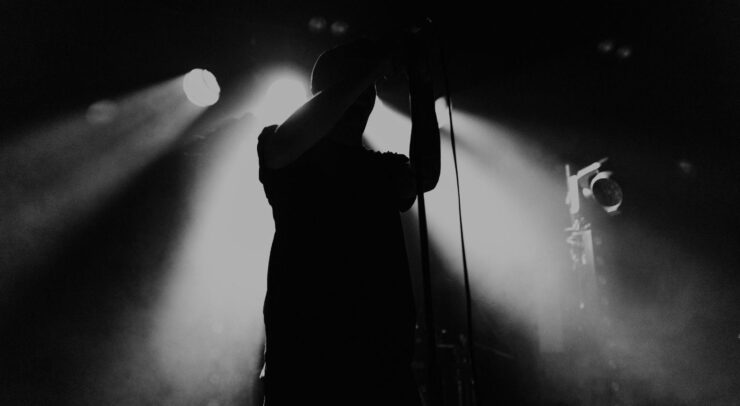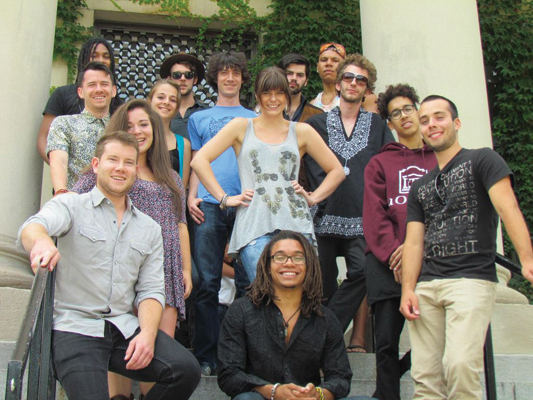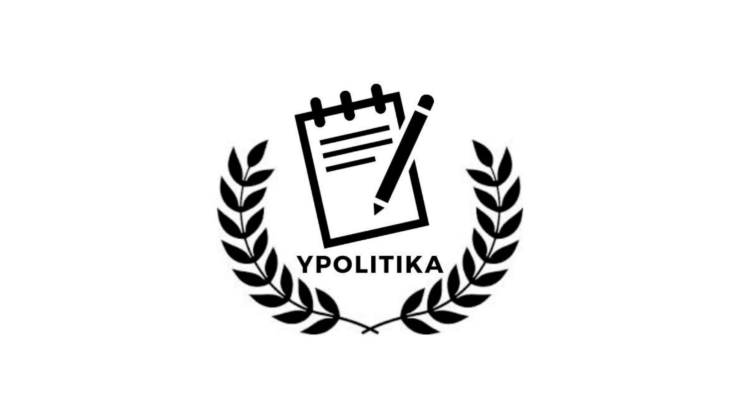New volume sheds light on relationship between the Tolstoys over hundreds of letters
University of Ottawa Russian literature professor Andrew Donskov is no stranger to Leo Tolstoy. His entire professional life has been spent studying Russian and Slavic culture and literature, with a focus on the great Russian novelist. This passion makes Donskov perfectly suited to this new project, the collected letters of Tolstoy and his wife Sophia Tolstaya, sent to each other over their many years together, and now available as Tolstoy and Tolstaya from the University of Ottawa Press.
Donskov and his team have collected and translated 239 letters between the Tolstoys. They span from their courtship in the early 1860’s to his death in 1910. It is only a small sample, though, of the over-600 existing letters. Their correspondence covers a wide array of subjects: philosophy, literature, religion, and everyday topics like the running of his estate, money, and raising children.
This is not Donskov’s first involvement with Tolstoy or the life of his wife. In 2010, he translated for the first time into English My Life, Sophia Tolstoya’s memoirs. Among many accolades he has been awarded the Russian Presidential Pushkin Medal, and sits as a member of the Academic Council of the Tolstoy Museum in Moscow.
Professor Donskov has close ties with Russia. His grandfather and father, both Officers in the White Army, fled to Serbia after the Russian Civil War in 1920. He credits his mother and father with instilling in him an interest for Russian and Slavic culture and literature.
Donskov was even responsible for bringing a group of Canadian students on exchange to the Soviet Union for the first time in 1973.
The project illuminates the immense influence that Tolstaya had on her husband and his literary work. Sophia was unlike most noble wives of the period and had a unique relationship with her husband. She was a fierce critic and advocate, and helped him edit much of his work. She also helped him write more complex and believable female characters in novels like War and Peace.
One of the most interesting findings from the letters is how critical Sophia could be of her husband.
“Her strongest criticism of him occurred during his ‘religious epiphany’ which occurred around 1880,” Donskov gave as an intriguing example. “Around that time Tolstoy experienced a religious shift away from traditional orthodoxy and a shift to more egalitarian and socially just beliefs.”
It was during this period until his death that he concerned himself with the lives of ordinary Russian peasants and their welfare. In short, his writing became more political.
In the reception held on Nov. 2, attended mostly by scholars, Donskov’s latest project was unveiled to the public. The Russian Ambassador, Alexander Darchiev, spoke at the ceremony and said that Professor Donskov’s work was, “part of a special and important project to bring the gigantic legacy of Tolstoy and his values of truth and tolerance to Canadian readers.”
For Donskov, Tolstoy represents Russia.
“(Tolstoy) writes about Russia. Her language, her people, and her culture. It is in many ways (that) Tolstoy represents everyday people in both ordinary and extraordinary circumstances. He writes about life, children, death and tries to seek out the ultimate truth in his writing.”
Tolstoy and Tolstaya, edited by Dr. Andrew Donskov, is available now through the University of Ottawa Press.






